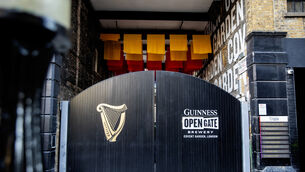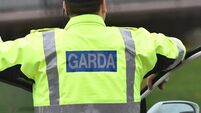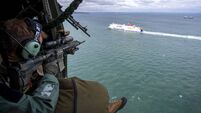Airlines deny passing on inflated fees to fliers
In an inquiry into the proposed merger between the airlines, the UK competition commission interviewed the DAA and reported that it had seen a mismatch between the fees it levied on the two airlines and the fees charged to customers as a result of taxes and charges.
“Based on charges observed at various dates it appeared that the airlines were earning margins of between 30% and 50% on what were presented to customers as taxes and charges,” the Competition Commission noted in a memo recording an interview with the DAA.
The commission reported that the DAA said the two airlines were not only passing on inflated fees but were also matching the fees that the other airline imposed.
“It had also observed a matching pattern in the taxes and charges imposed by Ryanair and Aer Lingus, whereby often one of the airlines would increase its charges and the other would then match it. At times the airlines had charged exactly the same rate, although this was not always the case.
“For example, published charges had dropped markedly after a reduction in government tax, but had subsequently increased again. It was not always the same airline that went first. The pattern demonstrated the possibility of cooperation between the airlines, although this was not necessarily evidence that Aer Lingus and Ryanair were co-ordinating.”
Ryanair claimed the DAA was wrong. A spokesperson for Aer Lingus said the reason the fees passed on to customers did not match the original fees was due to other costs.
“Other charges must be included by airlines in the computation of total taxes and charges (such as aviation terminal service charges levied by the IAA, security charges, government taxes, destination airport security levies etc.) In relation to the other item apparently observed by the DAA, that increases by one airline are followed by increases by another, this is the nature of such charges. Because of the pass-on nature of taxes and charges, (i.e. fees and charges imposed on airlines by third parties such as governments, security providers, terminal navigation authorities and airports), if these rise for one airline operating at the same airports, then they rise for all those airlines so operating.”
















